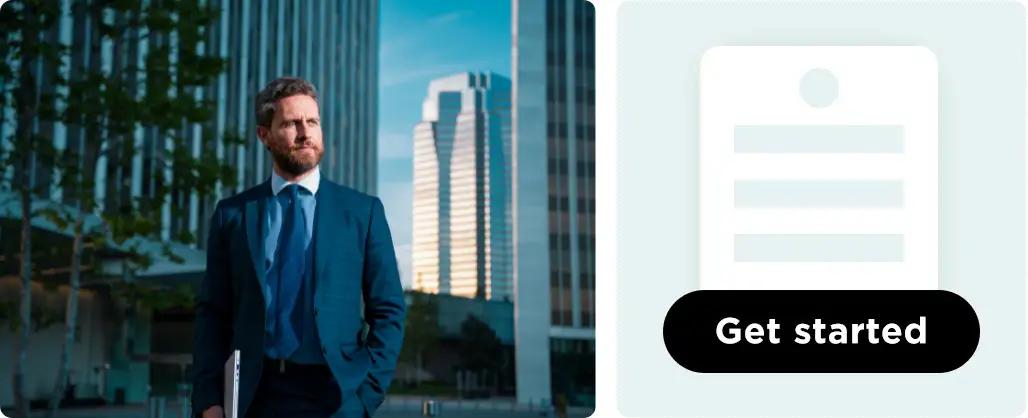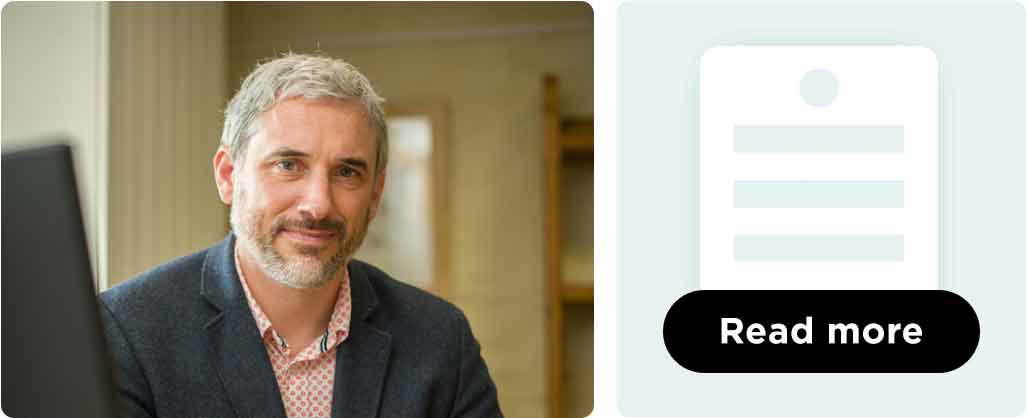Workplaces are often filled with distractions, tight deadlines, and high expectations. These conditions can lead to stress, reduced focus, and feelings of being overwhelmed. Mindfulness—a practice of being fully present and aware without judgment—has emerged as a highly effective tool to counter these challenges and create a calmer, more productive work environment.
By integrating mindfulness techniques into your day-to-day activities, you can enhance focus, reduce tension, and improve the overall quality of your work life. This guide offers practical mindfulness strategies designed specifically for professionals.
What is Mindfulness at Work?
Mindfulness at work is the practice of bringing full attention and awareness to your tasks, interactions, and thoughts as they happen. It’s about engaging deeply with the present moment rather than worrying about the past or future.
When practiced consistently, mindfulness helps professionals:
- Enhance focus and attention.
- Manage stress and emotional pressure.
- Improve decision-making.
- Strengthen interpersonal relationships at work.
Mindfulness is not about eliminating stress entirely but learning to respond to challenges with greater clarity and calm.
The Science Behind Mindfulness
Research has shown that mindfulness offers a range of psychological and physical benefits, including:
- Lower Stress Levels: Mindfulness reduces cortisol, the stress hormone, promoting a greater sense of well-being.
- Improved Focus: Regular mindfulness practice strengthens attention control and reduces the tendency to multitask.
- Enhanced Emotional Regulation: Mindfulness helps individuals manage emotions, preventing overreaction to challenging situations.
- Higher Job Satisfaction: By reducing burnout and increasing mental resilience, mindfulness contributes to a more positive work experience.
With even small, consistent efforts, mindfulness can transform how you approach your work life.
Common Challenges in Developing Workplace Mindfulness
Mindfulness may require intentional effort, especially in high-stress environments. Common roadblocks include:
- Constant Notifications: Emails, messages, and pings can break concentration.
- Multitasking Habits: Juggling tasks reduces the ability to focus fully on any single activity.
- Pressure to Always Perform: Rushing through responsibilities hinders mindfulness and thoughtful work.
- Misconceptions About Mindfulness: Many professionals assume mindfulness is only about meditating or “having no thoughts.”
Understanding these challenges helps you take steps to incorporate mindfulness gradually and effectively.
Mindfulness Techniques for Professionals
1. Start Your Day with Intentional Focus
Instead of rushing straight into emails or meetings, take 5-10 minutes at the start of your day to:
- Practice deep breathing (inhale for 4 seconds, hold for 4 seconds, exhale for 6 seconds).
- Reflect on your priorities: “What do I want to accomplish today?”
- Choose one professional intention for the day, such as being more present in meetings or focusing deeply on a project.
Starting your day mindfully sets a tone of calm and clarity.
2. Single-Task Instead of Multitasking
Our brains are not designed to handle multiple tasks simultaneously. Studies show multitasking reduces efficiency and increases mistakes.
To practice mindfulness:
- Focus on one task at a time.
- Silence notifications while working on important projects.
- Complete one task before switching to another.
This practice strengthens your ability to concentrate and delivers higher-quality results.
3. Incorporate Brief Mindfulness Breaks
Take 1-3 minutes periodically throughout the day to reset your mind:
- The 3-Breath Technique: Pause, take three slow, deep breaths, and bring your attention fully to the present.
- Body Scan Practice: Close your eyes and notice areas of tension in your body. Breathe into those areas, letting them release.
- Mindful Micro-Meditation: Sit still, close your eyes, and simply focus on your breathing for 1 minute, letting thoughts come and go without judgment.
These breaks recharge your mental energy and reduce workplace stress.
4. Mindful Listening in Conversations
In meetings or discussions, mindfulness can help improve communication and relationships:
- Fully focus on the speaker, observing their words, tone, and body language.
- Avoid interrupting or mentally rehearsing your reply while they speak.
- Acknowledge what you’ve heard with a thoughtful response.
Mindful listening fosters deeper understanding and connection with your colleagues or clients.
5. Practice Gratitude During the Workday
Gratitude shifts your mindset away from stress and dissatisfaction, improving mood and resilience. To integrate mindfulness with gratitude, try:
- Writing down 1-3 things you’re grateful for at work every day, such as a supportive colleague or a successful project outcome.
- Pausing to appreciate small achievements or positive interactions.
Focus on what’s going well rather than dwelling on setbacks.
6. Be Present During Stressful Moments
Workplace challenges can trigger reactions like frustration or self-doubt. Instead of suppressing or ignoring these emotions, try the following mindfulness approach:
- Pause: Stop what you’re doing and take a moment to observe the situation.
- Acknowledge the Emotion: Say to yourself, “I feel stressed/angry right now, and that’s okay.”
- Breathe: Take a few slow breaths to calm your physical response.
- Reframe: Ask yourself, “What’s within my control right now?”
This practice enables you to respond rather than react, improving emotional regulation.
7. End Your Workday with Mindful Reflection
At the end of your workday, take 5-10 minutes to reflect mindfully:
- Review Your Day: What went well? What challenges did you overcome?
- Acknowledge Progress: Focus on accomplishments, no matter how small.
- Release Work-Related Thoughts: Visualise setting aside work concerns and transitioning into personal time.
Mindful reflection closes the workday with intentionality and reduces the mental carryover of stress into your personal life.
Creating a Mindful Work Culture
Mindfulness is most effective when supported by workplace norms and culture. Leaders can encourage mindfulness by:
- Incorporating Mindfulness Programs: Offer mindfulness workshops, meditation sessions, or employee resources.
- Setting Communication Boundaries: Encourage email-free hours or flexible working arrangements.
- Modeling Mindful Behaviour: Leaders who practice mindfulness inspire employees to follow suit.
When integrated into teams and organisations, mindfulness fosters collaboration, trust, and a more resilient workforce.
The Benefits of Workplace Mindfulness
By committing even a few minutes each day to mindfulness, professionals can experience:
- Improved Focus: Ability to work deeply with fewer distractions.
- Reduced Stress: Greater emotional stability in high-pressure situations.
- Better Work Relationships: Mindful listening and empathy improve communication and trust.
- Higher Productivity: Single-tasking and intentional prioritisation maximise efficiency.
Mindfulness isn’t just about surviving work—it’s about thriving and finding fulfilment in your professional life.
Final Thoughts: Start Small with Mindfulness
Incorporating mindfulness into your work routine doesn’t require drastic changes. Start small by practicing one or two techniques, like deep breathing or mindful tasking, and gradually expand your practice.
Over time, mindfulness will strengthen your focus, resilience, and sense of calm, allowing you to approach your workday with clarity and confidence.
Remember, even in the busiest workplaces, mindfulness is a tool you can carry with you anywhere.










